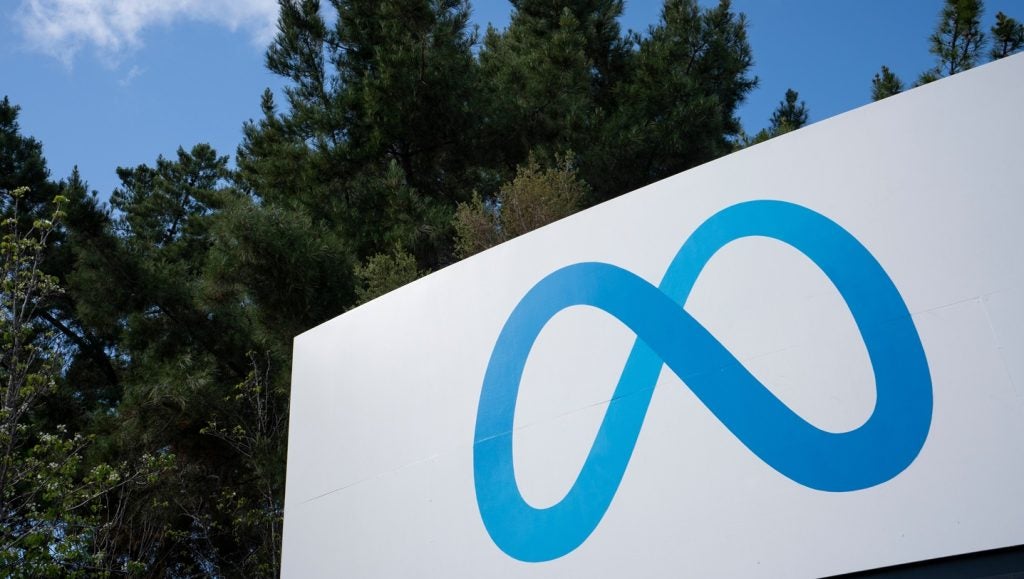Regulatory – and legal – battles over the scope of 3D printing will increase. Security concerns will be defined, including loss of control over IP, production process, quality, traceability, and design. There will be a wave of M&A activity. New payment and 3D printing as a service models emerge, including pay-per-build.
Listed below are the leading TMT trends in 3D printing, as identified by GlobalData.
3D printing continues its industrialisation journey
2020 will be the year when 3D printing cements its role as part of the manufacturing mix and continues its journey towards industrialisation. 3D printing has already lowered the barriers to entry for manufacturing. It has also enabled mass manufacturers to respond to customer demands while offering greater customisation of products and speed to market. Global spending on 3D printing and related services in 2020 will total $15.2bn.
2020 will see an M&A shakeout
BASF’s acquisition of service provider Sculpteo in November 2019 set the ball rolling for a busy M&A year in 2020. Some in the industry predict a turbulent year, with a rethink of company strategies, triggering a wave of new alliances, mergers, and takeovers. 2020 should see a resolution of Xerox’s hostile bid for HP, which has a large 3D printing business.
AI a growing influence
AI will impact all industries in 2020 and 3D printing is no exception. Artificial intelligence will be used to accelerate new materials discovery in 2020. According to The Canadian Institute for Advanced Research, AI could cut the average time to develop a new material to one-two years from the current 10-20 years.
Organovo’s demise a reality check for 3D bioprinting
Organovo’s printing of human tissues to treat people with end-stage liver disease made it the poster child for 3D bioprinting. However, in the middle of 2019, it began to run out of cash. In December 2019, it merged with cancer drug developer Tarveda Therapeutics under the Tarveda brand. Cellink, Cyfuse Biomedical, EnvisionTEC, and Regenovo Biotechnology will carry the bioprinting torch in 2020.
Legal concerns emerge over IP, quality, traceability, and design
3D printing presents many challenges to manufacturers, including intellectual property, product quality, traceability, and design, all of which are linked. The question that companies will ask is, will someone take my design and copy my product? A shift to smaller production operations could compromise quality control and traceability, leading to awkward questions over customer safety and IP ownership.
Time for a software focus
In the 35 years of 3D printing history, much of the focus has been on platforms and materials. In 2020, the focus will shift to software needed to better predict, correct, and manage printed parts. Key areas will be mass customisation, workflow monitoring and improvement, and advanced design for additive manufacturing (DfAM), all of which will require improved software to drive the production process.
This is an edited extract from the TMT Predictions 2020 – Thematic Research report produced by GlobalData Thematic Research.








